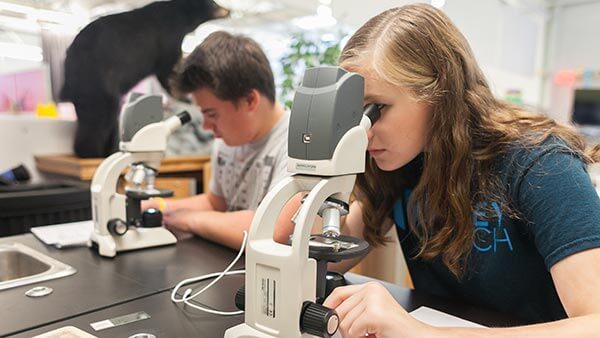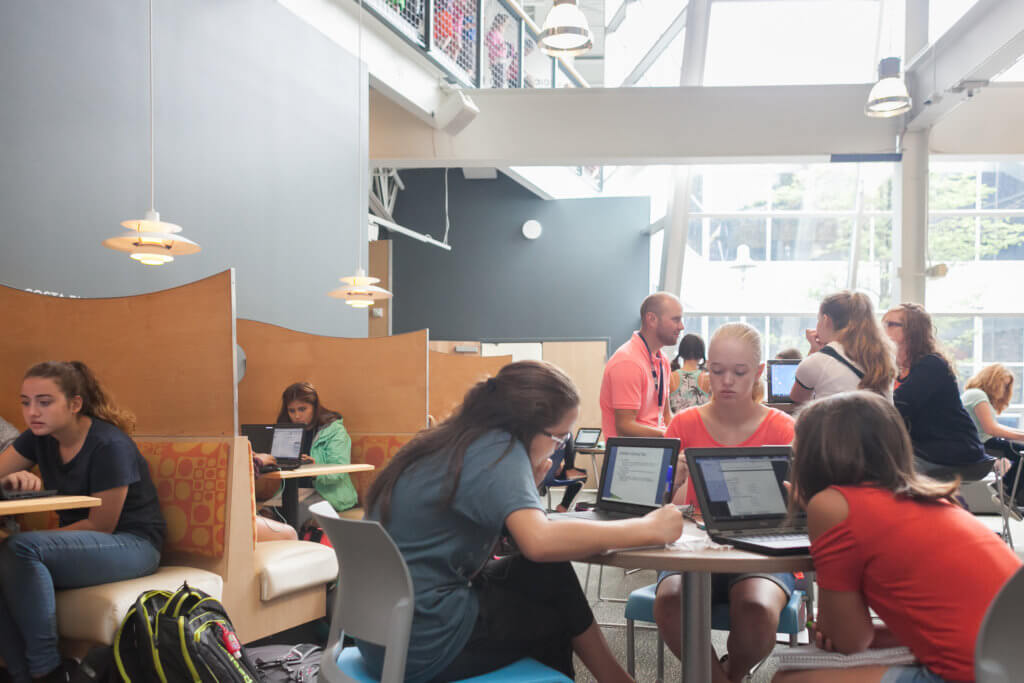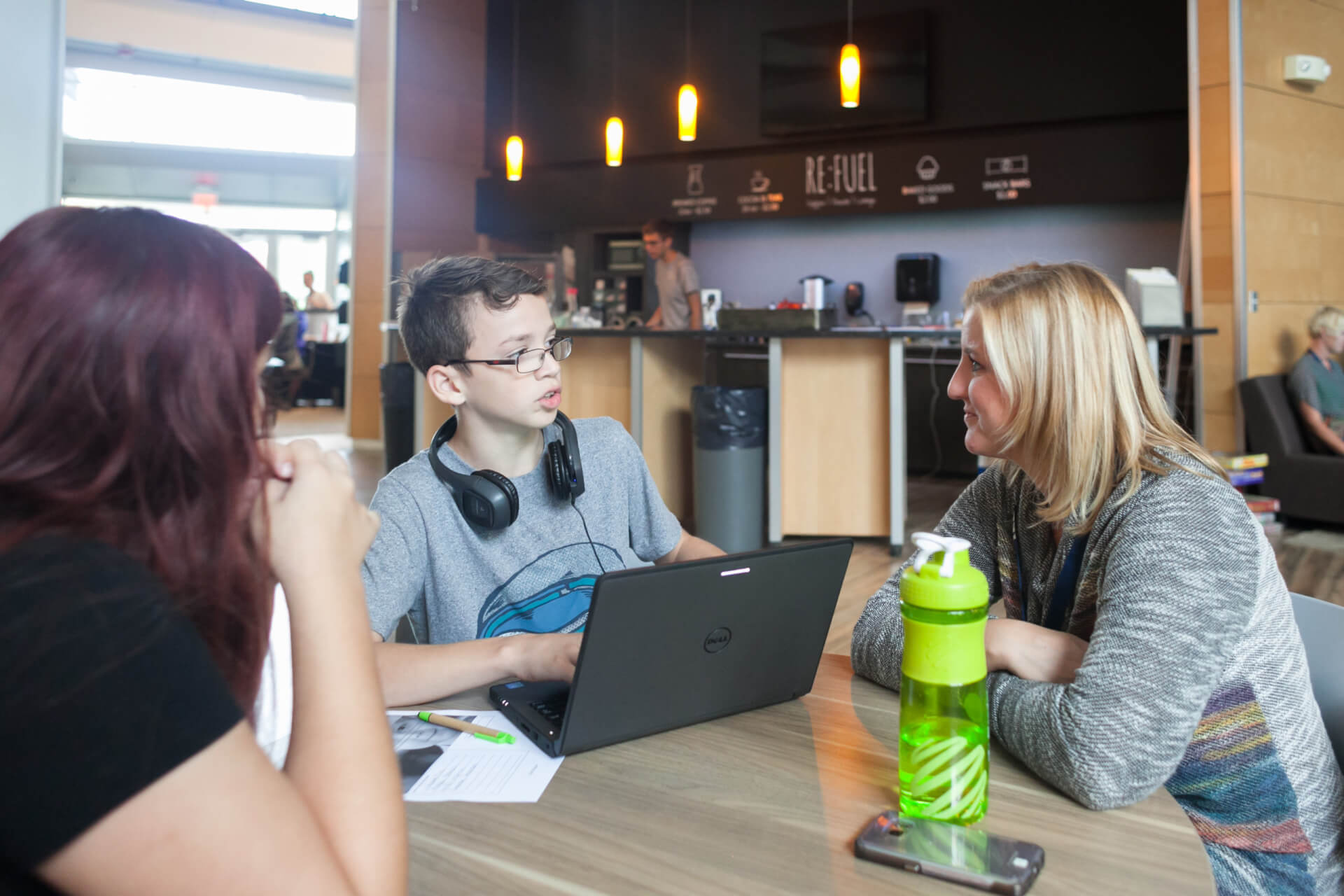By Neil Moran, Rapid Growth Media
Because of the very technology involved in its delivery, online learning offers students a unique opportunity to personalize their education. As long as they have a Wi-Fi connection, students can use their laptops, smartphones or tablets to dive into their studies from virtually anywhere, at any time, tailoring their studies to their schedules and their interests.
School districts also see the potential of online education as a way of personalizing the learning experience for an increasingly diverse population of students with a broad range of needs — from types of classes they seek to the native languages they speak. And that same technology can be used to collect and assess a student’s success — or lack thereof.
Since 2006, Michigan has required all K-12 students to have an online learning experience before graduating from high school.
Technology is only a tool, though. For students to fully personalize their online learning experience, it’s important they connect in a meaningful way with other students and, more importantly, their teachers.
A personalized experience

Online learning at the primary and secondary levels is growing exponentially, and so is the research around this topic, says Kathryn Kennedy, Ph.D., director of the Michigan Virtual Learning Research Institute.
One of the key components of online learning — and what often sets it apart from traditional classroom instruction — is the potential to support the learning experience via mentors who help guide students in their educational choices and learning.
Kennedy says research stresses the need for mentors to deliver personalized support for the online educational experience to increase students’ chances of success. Michigan’s K-12 Virtual Learning Effectiveness Report, one of the most cited pieces of research out of the Michigan Virtual Learning Research Institute, backs that up.
“One of the key findings that has been consistent across the first few editions of this report is that online students need support,” says Kennedy.
It’s clearly needed. The report shows a completion rate for online learners of only 60 percent, up 3 percent in the past year. In Michigan, 25 percent of online learners failed their classes. While not yet conclusive, these numbers appear to point to the need to provide students with support, not only as they tailor their online academic program to meet their needs, but as they go through their day-to-day lessons.
iCademy Global: Personalizing the online learning experience

One online school in Michigan, iCademy Global, is providing a guided, personalized learning experience for primary and secondary students.
Headquartered in Zeeland, about 30 miles southwest of Grand Rapids, iCademy is an accredited cyber school offering free public school education for grades K-12. Students in grades K-5 are enrolled in a guided home-school setting, where parents are given the materials and part of the student’s work is online. Work for grades 6-12 is all online.
Students from across Michigan are eligible to attend the school, which offers an opportunity to personalize education, including all the core and elective offerings of any public school. They also have the opportunity to enrich their learning experience via college prep courses, travel, student clubs and shadowing business people in their communities.
Although much of the learning is virtual, students feel a connection with staff at iCademy that’s more personal than a traditional school, where it’s difficult to interact with a teacher in an open classroom. At iCademy, students have access to a virtual office from 9 a.m. to 3 p.m. Monday through Friday, and they can reach out to teachers any time of day or night via email with questions and concerns.
“I most definitely would not be given the same support and attention by my teachers and mentors on a daily basis were I to attend a traditional public school,” says Faith Lanser, a junior at iCademy.
“The one thing that sets us apart from other online schools,” says sixth-grade teacher Leisa Lobbezoo, “is students have a person to connect with who cares about them more than what they’re doing academically, and really makes some effort to get to know them beyond the classroom.”
Mentors help students who are self-starters — and even those who are not — succeed in the online environment by offering content instruction and tutoring, and by helping students deal with personal issues that might be distracting them from their work.
“The mentors are the glue that holds it all together,” says Lobbezoo. “They’re the ones connecting with the students each week to see how things are going and how they can be of help.”
Opportunities to meet face-to-face
At iCademy, students do more than work alone on their computers at home. Their teachers are available for face-to-face, virtual meetings. On Mondays and Wednesdays, they are required to log in for live class sessions with their peers. On Tuesdays and Thursdays, students can meet with their peers at the ReFuel Coffee Shop on campus in Zeeland to collaborate on projects or coursework. There are also Synergy Sessions, where students meet on Fridays to tour a business or go on an educational field trip. And if that isn’t enough, iCademy students have traveled together to distant lands, including Honduras and Haiti.
“If it weren’t for iCademy Global, I wouldn’t have had the chance to travel the world and not only see, but also experience, lifestyles much different from my own,” says Lanser.
Online learning in Michigan by the numbers:
- More than 91,000 Michigan K-12 students took one or more virtual courses during the 2014-15 school year. This number is up more than 15,000 students compared to the number reported for 2013-14 —an increase of 20 percent.
- Michigan K-12 students accounted for approximately 446,000 virtual course enrollments in 2014-15, surpassing the 2013-14 figure by more than 126,000 enrollments — an increase of 40 percent.
- High school grade levels continue to account for the largest number of enrollments, though the elementary grade levels showed the largest year-over-year percentage increases.
- Sixty-two percent of virtual enrollments for the 2014-15 school year came from students living in poverty. This was 15 percent higher than the 47 percent statewide average for all enrollments — virtual and non-virtual — during the same time period.
Source: Michigan’s K-12 Virtual Learning Effectiveness Report 2014-15, Michigan Virtual Learning Research Institute.

